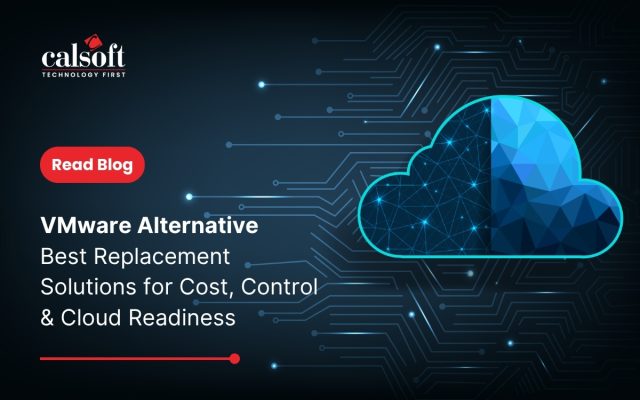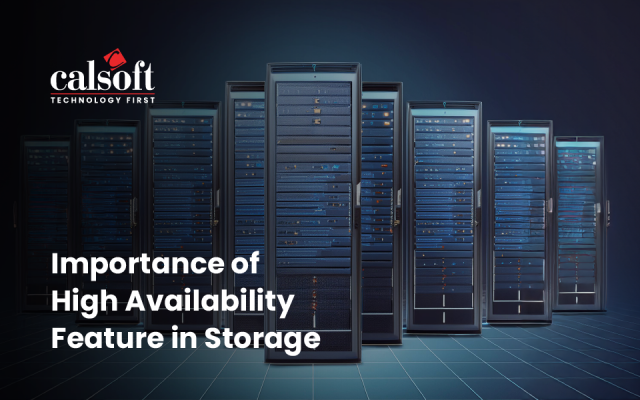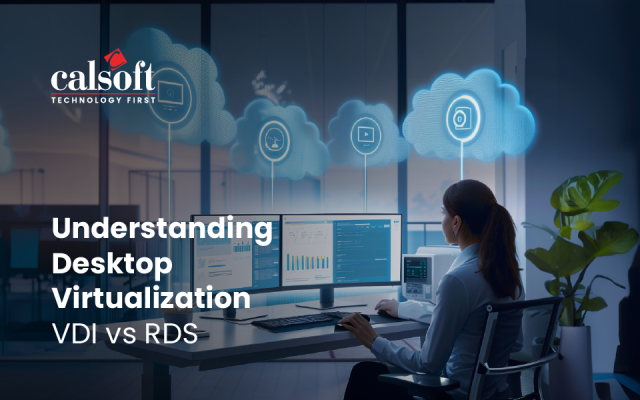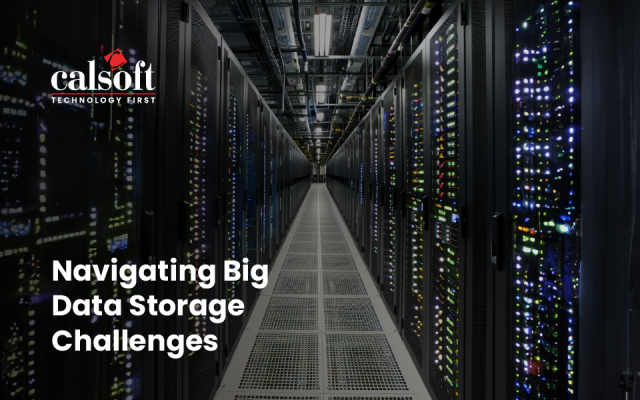I’ve done some crystal ball gazing in my first couple of blogs – looking forward at what is likely to come about in those technology spaces we care about and specifically in the world of Storage. What’s a look forward without a glance back though at where we have come from? A good place to start is the IDC’s Worldwide Quarterly Disk Storage Systems Tracker for the last Quarter of 2014 – results were released recently and there were some very interesting trends for those of us with a stake in the business to digest. The full report can be accessed here.
First the good news – after a poor 2013 where revenues had contracted disk systems revenue registered a nice little uptick of 8.6%. (or 7.2% depending on just which set of numbers you believe). This may have been down to a stellar last Quarter that reversed what was till then a year of decline. Estimates have put the worldwide enterprise storage systems revenue at $ 10.6 Billion for the last Q of 2014 and at close to $36 Billion for the whole year. The expansion in capacity was even more impressive – up to 31.8 exabytes in the Quarter and a truly staggering 99.2 exabytes for the year – a growth of fully 43%. Eric Sheppard, IDC research director for storage, attributed this to the growth in demand for midrange systems that incorporate flash storage and also to the growth of hyperscale data centers.
The top players in the enterprise storage systems market are a list of the usual suspects – EMC being the biggest with over 22% share. HP coming in next with close to 14% and Dell and IBM following in their heels at 9% share each. Filtering this to just the External Disk Storage systems shows largely similar numbers with EMC leading the pack followed by IBM and NetApp.
The numbers may hide a bit of a story though – for much of the year the core storage systems revenue for EMC was flat and a look at the overall numbers suggests a growing dependence of non-storage areas like VMWare, RSA and Pivotal. NetApp also went through a bit of turbulence over the year with the IBM OEM agreement termination causing a nearly 25% decline in its OEM revenues. Despite that NetApp maintained its overall share of the market – clearly the introduction of a slew of products is helping. Over the year from NetApp we saw the all-flash storage array FlashRay, the new OS Data ONTAP 8.3, Cloud ONTAP aimed at public clouds and also products coming out of SteelStore.
The numbers bear out the influence of hyperscale data centers with their virtually unlimited storage, computing and networking bandwidth requirements. Catering to their needs the Original Design Manufacturers (ODMs) were able to garner as much as 12.8% all global spending. This has meant that while the large players faced challenges to their growth ODMs and smaller, more niche focused players like Violin Memory, Nimbus and Pure Storage among others are seeing growth in their market share. The larger players like EMC are also trying to carve themselves a piece of the Emerging Storage pie with releases of Flash Array and Software Defined Storage products of their own. Other large players like Hitachi Data Systems are making considered plays to solidify their position. HDS acquired BI and Analytics company Pentaho last year – an interesting move to combine data storage with the actual business use that data will be put to.
The market is at an interesting stage now – the large players are defending their market share while still trying to push the edges of technological development. Perhaps more than most markets this space is also home to a thriving startup community that has the products to fundamentally disrupt the landscape. The cut and thrust this has created in the market has meant exciting times for those like us who watch the products in this space closely – to paraphrase an old Chinese saying “We live in interesting times.”
To know more email: marketing@calsoftinc.com
Anupam Bhide | Calsoft Inc.






